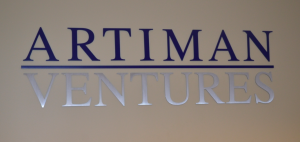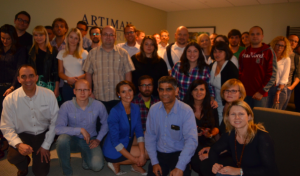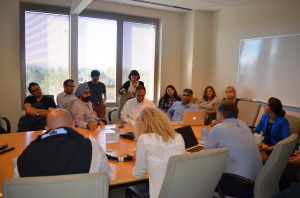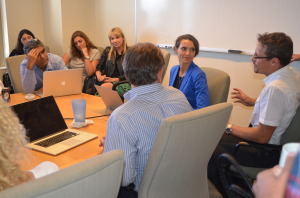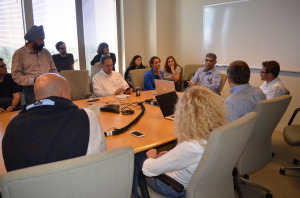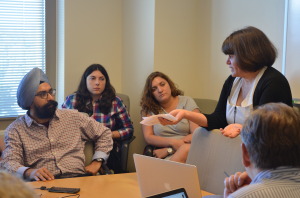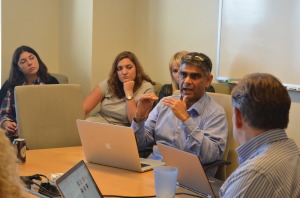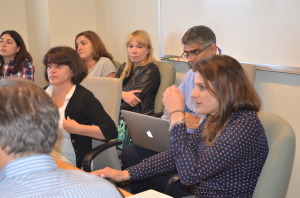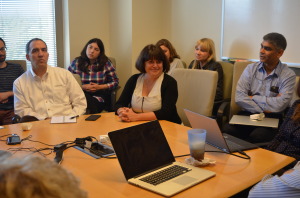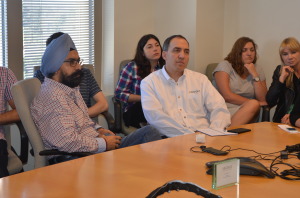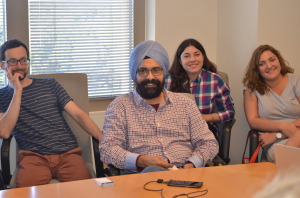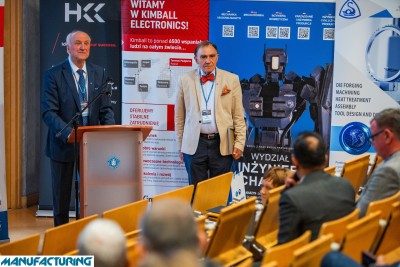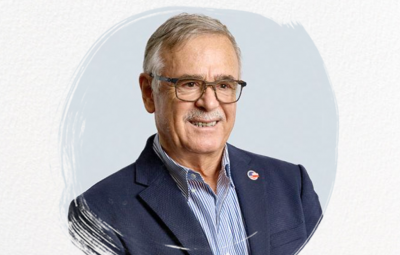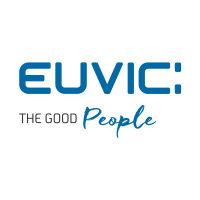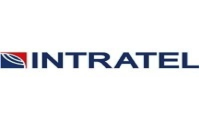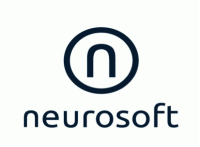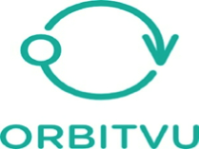There is no better place to raise capital than Silicon Valley. Reflection on Poland’s Top 500 Innovators’ visit at Artiman Ventures.
By Ela Kozera
Silicon Valley has become not only the preferred home for numerous tech giants and venture capital firms, but also a nexus of creative risk takers, dreamers, fortune-seekers and dealmakers. All of that, toped with its characteristic entrepreneurship mindset and culture, make this region a globally reputable innovation hotspot, where you can turn a concept into an enterprise worth billions of dollars.
Silicon Valley’s vital venture capital ecosystem cultivates a constant growth of successful and high-valued companies making this region a driving force of the U.S. economy. In 2014, venture capital investments increased dramatically in Silicon Valley, reaching $7.4 billion, which is more than in any other year since 2000. More than half (55%) of these VC investments went to software companies. Other industries attracted VC financing as follows: biotechnology (10%), media and entertainment (8%), medical devices and equipment (8%), and the remaining percentage of the investments was made in other sectors. With many companies aspiring to become “unicorns” of their industries, with valuations over $1 billion, there is a large number of them based in Silicon Valley. It is hard to imagine that fifteen years ago, there was only one “unicorn” company, but currently out of 133 “unicorns” 74 are present only in America’s tech sector.
Last week, the Top 500 Innovators had a privilege to acquaint themselves with the Silicon Valley’s VC ecosystem by meeting with four partners of Artiman Ventures in Palo Alto, California. Artiman Ventures is an early-stage venture fund that focuses its investments on “white space” companies that are “rare, precious and cutting edge, with brilliant and disruptive ideas” with the premise to create and challenge billion-dollar industries. The representatives of the Top 500 group outlined in a presentation the areas of research, entrepreneurship and economic development in Poland, which resulted in a discussion on how to obtain financing for initiatives created by Polish researchers and entrepreneurs.
Few takeaway lessons from meeting with Artiman Ventures:
- VC firms are busy identifying a company with a potential of becoming “unicorn” among thousands of startups looking for the funding. A top VC might receive from 500 to 1,000 emails daily, so it’s not easy to stand out in this loud crowd of capital-seekers.
- Even if you think that you have the best idea ever, it is almost impossible by simply sending a pitch via email to get a meeting with a venture capitalist who you do not know. The best way to get your foot in the door is to be introduced by a trusted person from the VC network who can endorse your company’s potential. A warm recommendation is a door opener in this industry.
- Most VC firms invest in 1-2% of the companies they had investigated closely. If you put it in numbers, out of 100 companies analyzed by a VC firm as an investment opportunity, only 1 or 2 will get funding. So there is a long way from the first initial meeting to the closing date.
- VC firms invest in international startups but most of them have to be organized as Delaware corporations (as most venture-backed startups are).
- VC firms prefer to be in personal touch with the founders of the company they financed, meaning that you should be present in the U.S.
- There is a notion that VC firms invest in startups with more than one founder, which is not true; sole founder is also OK.
- There is another perception that VC firms invest in a product/service that is already validated by the market, even better if there is scaling revenue. To the contrary, some VC firms invest at the concept stage of a startup’s life. You need to do proper research.
- Look for the right partner in the VC firm that understands your market, sees the potential that you are offering to the marketplace and will act as your ambassador in the VC environment.
- Some VC firms offer not only capital but also network, industry knowledge, and support. Look for VC partners that will give you capital and other types of support.
- Last but not least, do not be discouraged by tens or hundreds of rejections. If your firm brings a disruptive solution to the status quo, eventually, you will find a venture capitalist who will notice that. You need to make the impression that you are Elon Musk’s, Travis Kalanick’s or Elizabeth Holmes’ clone. As simple as that.
After the exchange of inspiring and motivating experiences and concepts, let’s hope that one of the next rounds of investment by Artiman Ventures will be in a company created by Polish talented entrepreneurs.
On my part, I realized that venture capitalists are people like anyone else who are constantly looking for that lucky deal. It is simply a two-way-street journey, where founders are seeking venture capitalists willing to help them make their dream ideas become disrupting realities, and vice versa, venture capitalists are seeking those who are best suited to build that next big thing and transform the world. If that happens, then simultaneously both sides are made famous like Hollywood stars.

